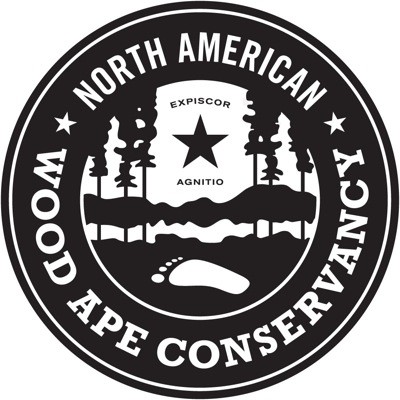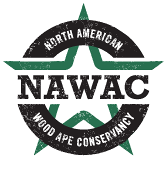Core Values
 The following Core Values have been drafted from responses of the membership at-large and officially adopted by the NAWAC. These are the minimum expectations on how our members conduct themselves in the field, in public, and on the forum while representing the NAWAC. These values not only shape the organizational culture but also define how the organization interacts with its own members, the scientific community, and the broader public. Ensuring these values are upheld by all members strengthens the organization’s mission and impact. All members are expected to conduct themselves in accordance to these values while representing the NAWAC.
The following Core Values have been drafted from responses of the membership at-large and officially adopted by the NAWAC. These are the minimum expectations on how our members conduct themselves in the field, in public, and on the forum while representing the NAWAC. These values not only shape the organizational culture but also define how the organization interacts with its own members, the scientific community, and the broader public. Ensuring these values are upheld by all members strengthens the organization’s mission and impact. All members are expected to conduct themselves in accordance to these values while representing the NAWAC.
1. Teamwork
NAWAC’s Definition:
The ability to collaborate effectively with fellow members, leveraging diverse skills, experiences, and perspectives to achieve common goals. At the NAWAC, teamwork ensures seamless coordination in field operations, research efforts, and data analysis, fostering a shared commitment to advancing knowledge and understanding of the wood ape.
Application in the NAWAC:
- Working together during expeditions, training, and public events to ensure safety and efficiency.
- Supporting peers in data collection, analysis, and logistical planning.
- Encouraging open communication and mutual respect within teams.
- Remembering the 80/20 rule: For the NAWAC, we strive to ensure the 80/20 rule doesn’t apply. We aim for balanced participation, where all members actively contribute, collaborate, and share responsibilities. By fostering teamwork and engagement, we can prevent the workload from falling on a small group and create a stronger, more unified organization.
2. Honesty
NAWAC’s Definition:
A commitment to truthfulness and transparency in all aspects of research and communication. Honesty at the NAWAC builds trust both within the organization and with the public, ensuring that findings and observations are credible and reliable.
Application in the NAWAC:
- Accurately reporting field observations and data without exaggeration or bias.
- Being forthright about challenges, mistakes, or uncertainties in research.
- Possessing the capacity for genuine self-reflection and acknowledgment of one’s own limitations.
- Maintaining integrity in representing the NAWAC’s mission and findings to external audiences.
3. Respect
NAWAC’s Definition:
Demonstrating consideration and regard for fellow team members, the environment, and the communities impacted by the organization’s work. Respect at the NAWAC fosters a positive organizational culture and ethical stewardship of natural habitats.
Application in the NAWAC:
- Valuing the contributions and perspectives of all team members while maintaining deference to more experienced investigators.
- Respecting the habitats and wildlife encountered during research.
- Upholding respectful communication with the public, skeptics, and supporters.
4. Integrity
NAWAC’s Definition:
Adherence to the highest ethical and scientific standards, ensuring that actions, decisions, and research outcomes align with the NAWAC’s mission and principles. Integrity strengthens the organization’s reputation as a credible and reliable entity in the scientific community.
Application in the NAWAC:
- Upholding scientific rigor in all research methodologies.
- Ensuring all evidence and conclusions are presented honestly and without distortion.
- Acting ethically in interactions with the public, environment, and each other.
5. Trust
NAWAC’s Definition:
The confidence and reliability built through consistent actions, communication, and mutual respect. Trust is the foundation for strong relationships within the NAWAC and with the public, ensuring collaboration and support for the organization’s work.
Application in the NAWAC:
- Building trust among team members through reliability and accountability.
- Establishing public confidence by adhering to transparent, credible research practices.
- Safeguards proprietary information unless authorized to share activities or data with non-members.
- Consistency over time is key to building trust, both internally and in our broader scientific communities and with the general public.
